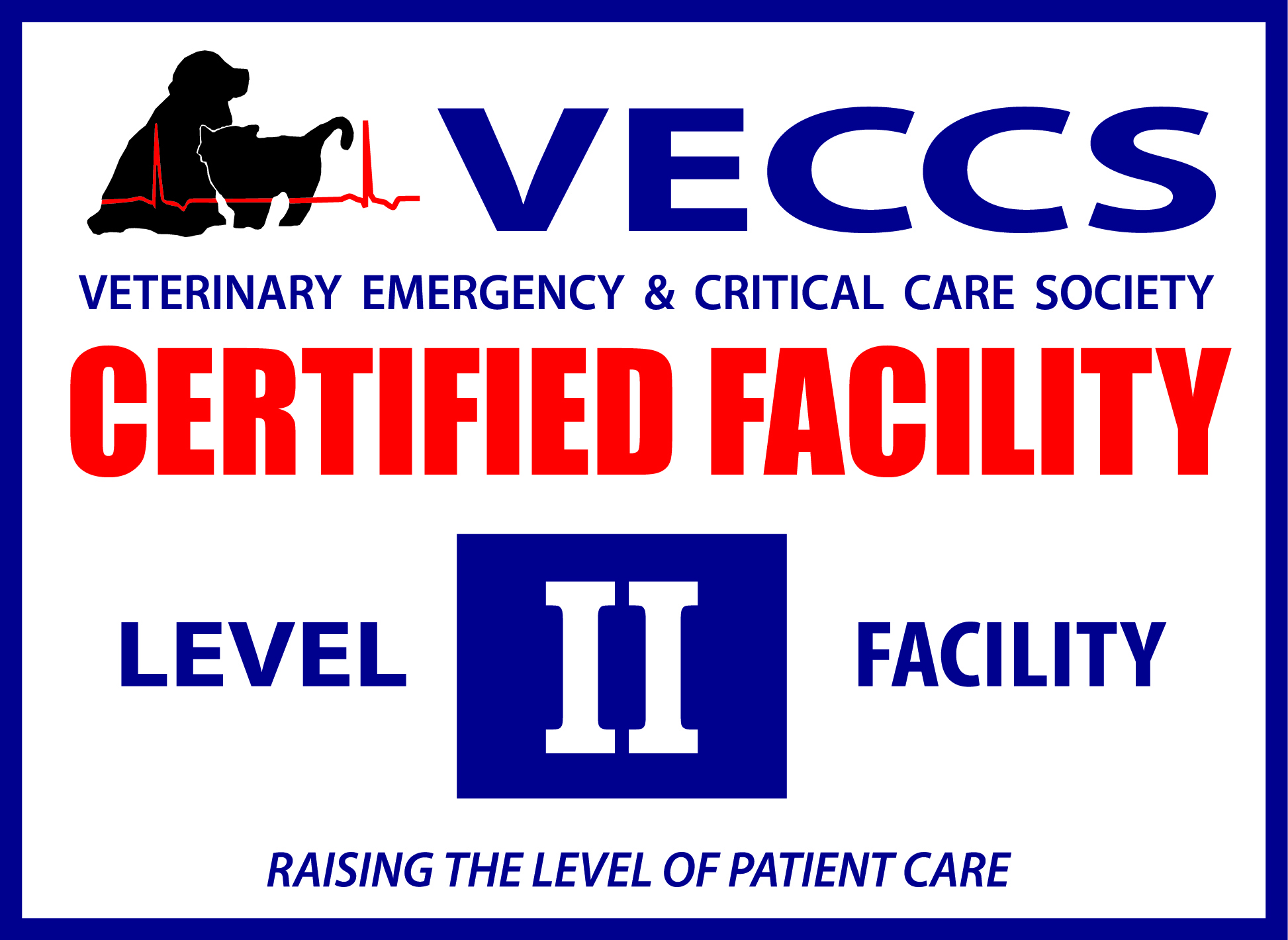Intervertebral disk herniation is a common cause of back pain and limb weakness in dogs. It represents 2-3% of all veterinary hospitalizations.
The intervertebral disk is a cushion-like structure that sits between vertebras. In some dogs, especially dachshunds, disks can undergo changes in structure that make them prone to rupture (also referred to as herniation). When a disk herniates, disk material becomes displaced into the spinal canal and puts pressure on the nervous tissue.
Symptoms
The symptoms associated with this are variable and can consist of spinal pain, incoordination of the limbs, weakness, and difficulty urinating. Dogs that are not ambulating due to disk herniation may have an excellent outcome with appropriate care, but need advanced diagnostics and treatment performed in a timely manner.
Diagnosis
Imaging of the vertebral column is essential in diagnosing disk herniation. Most practitioners use radiographs as a “rough” screening tool to exclude certain diseases, like bone tumors or infection, which sometimes can be recognized on radiographs. Although x-rays are a very valuable test, they are only 30-60% accurate at detecting disk herniation.
MRI is the preferred means of diagnosing disk herniation in humans and veterinary patients, as it is non-invasive, allows for direct visualization of the spinal cord, and can diagnose certain diseases that mimic disk herniation that cannot be detected using other techniques. Our recent research shows that MRI findings are associated with the odds of recovery following disk herniation and thus can be a helpful tool in recommending treatment.
Treatment
There are two basic treatment options for disk herniation: medical or surgical therapy.
Medical management is best for animals with mild neurologic deficits (mild weakness, mild incoordination, but still able to walk) who lack a history of repeated episodes of pain or weakness.
Surgical management is best for animals who are walking but very weak, not walking, or have had several episodes of pain or weakness from which recovery has been incomplete.
With surgery, 85-95% of dogs with thoracolumbar (mid back) disk herniation will recover, even if movement is not present, so long as they can feel their back legs. Dogs with thoracolumbar disk herniation who cannot feel their back legs have a 40-50% chance of walking after surgical treatment, but the odds of recovery are affected by MRI findings such as T2W hyperintensity. Appropriate postoperative care is essential, including analgesia, cage rest and physical therapy.
Postoperative care
All patients with spinal cord injury whether they have had surgery or not, need to be on strict cage confinement. Cage confinement allows for healing of surgical incisions and will allow for scar tissue to form over injured disks. Rest is recommended for 4 weeks for postoperative patients; shorter intervals of rest are sometimes suggested with medical management.
Physical rehabilitation is also a very important part of your pet’s recovery. Swimming, active weight-bearing exercises, passive range of motions, electrical muscle stimulation, and underwater treadmill can shorten recovery time dramatically. Rehabilitation prevents disuse atrophy, helps retrain the muscles, and reduces the chance of muscle contracture.
Most Frequently Affected Breeds
- Dachshund
- Pekingese
- Shih Tzu
- Lhasa Apso
- Miniature Poodle
- Beagle



